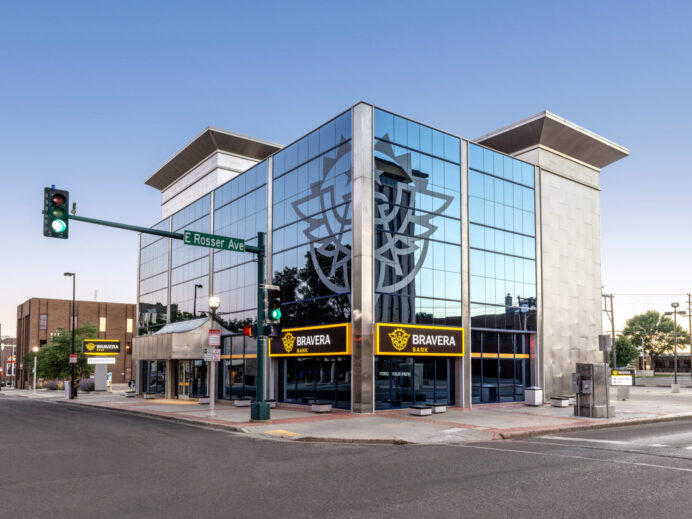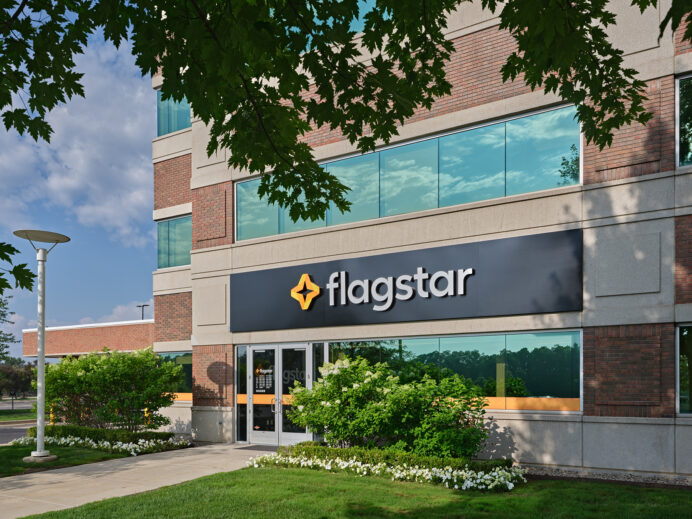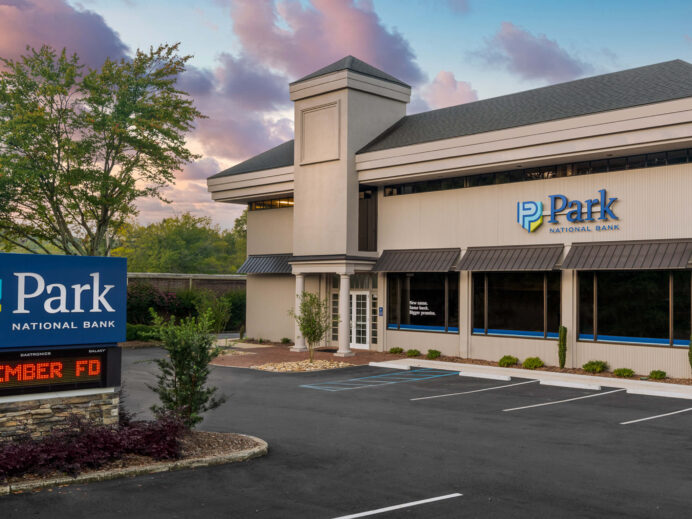
How micro, mobile, and ITM approaches revolutionize banking efficiency and customer experience
The pressure to get more efficient is evident all across the banking sector, commanding the content featured at industry leading conferences like Future Branches and the Financial Brand Forum. But, while important, efficiency isn’t only for creating cost savings to better banking’s bottom line. Institutions that drive more efficiencies are in a better position to reinvest resources into customer experience, allowing them to save and grow at the same time. Nowhere is that reinvestment more evident than in some future-facing branch formats. So, looking ahead at the future of bank branches, what are the ideal bank branch formats?
In his exploration in BAI on the best branch experience, Jon Voorhies ponders that question. He says, “In whatever bank publication you pick up today, it seems someone has an opinion on the one ideal branch design. It’s smaller, heavily automated and uses digital signage.” However, like many things in life, there is no one-size-fits-all solution. “I don’t believe in just one ideal branch design, just as I don’t think there is one ideal car design. The real answer is: It depends … on lots of things.” That’s why we believe having a North Star is so important: it can be sized up or down, go forward or backward, depending on different needs.
While there may be no one branch format that’s the model for the modern banking experience, it’s clear that consumers want to bank close-by. “Even as digital and fintech banking options gain traction, customers still prize personal experience from their primary financial institutions – according to three separate surveys on banking satisfaction,” reports Believe in Banking. Further, ICBA data shows “69% of U.S. adults cite the importance of banking with a locally based financial institution, while 70% cite the importance of personal banking relationships,” which tend to start at the branch.
There’s no doubt the banking relationship hinges on branches for success, but not all of them need to be the big splashy variety to satisfy consumer demand or even to maximize market presence. While it’s important to have flagship branches strategically positioned within a bank’s retail network, equally essential are the smaller formats that link to the larger ones. In fact, some of the best future-thinking bank branch designs fall into the “small but mighty” category. Whether it’s microbranches, mobile branches or a drive-up ITM, financial institutions have gotten creative with their custom applications and smaller footprints.
Smaller Branches: Micro and Mini-Branches
When Eastern Bank needed to rightsize their branches to meet changing market demands, they tapped Adrenaline to design more efficient, smaller branches for their retail network. These formats would ideally bring down operational costs, but not short-circuit customer experience or operational efficiency. Following an in-depth market analysis, we recommended four prototype branch formats – cashless, self-serve, micro and reduced-full-service – powered by universal banking and piloted based on each area’s growth potential. With four versions of an ideal branch experience and a strategy for implementation across their network, Eastern Bank has the right branch for the right place.






